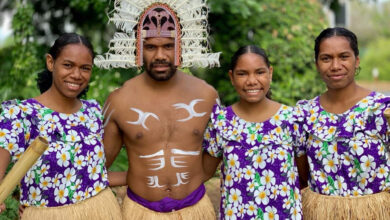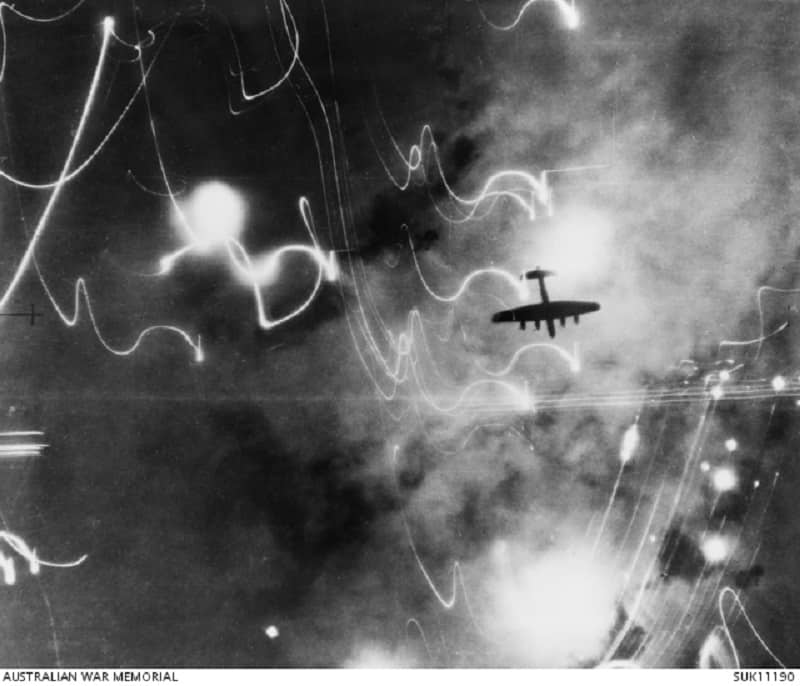
Bomber Command is a significant part of Air Force history and these aviators will be commemorated at RAAF Base Amberley on Sunday.
During WWII, Britain’s Royal Air Force had a contingent called the Bomber Command.
Night after night, young men climbed into their aircraft, loaded with bombs, to drop over Germany and other enemy controlled targets in Europe.
At the height of their operations in late 1944, Bomber Command consisted of more than 80 operational squadrons.
Australians serving in the Bomber Command suffered the greatest battle losses of any Australian units of WWII.
If you signed up for a tour of 30 missions, the chance of survival was less than the chance of death. There was only a 40 per cent chance of survival for one tour. The average age of those killed in action was 24 years.
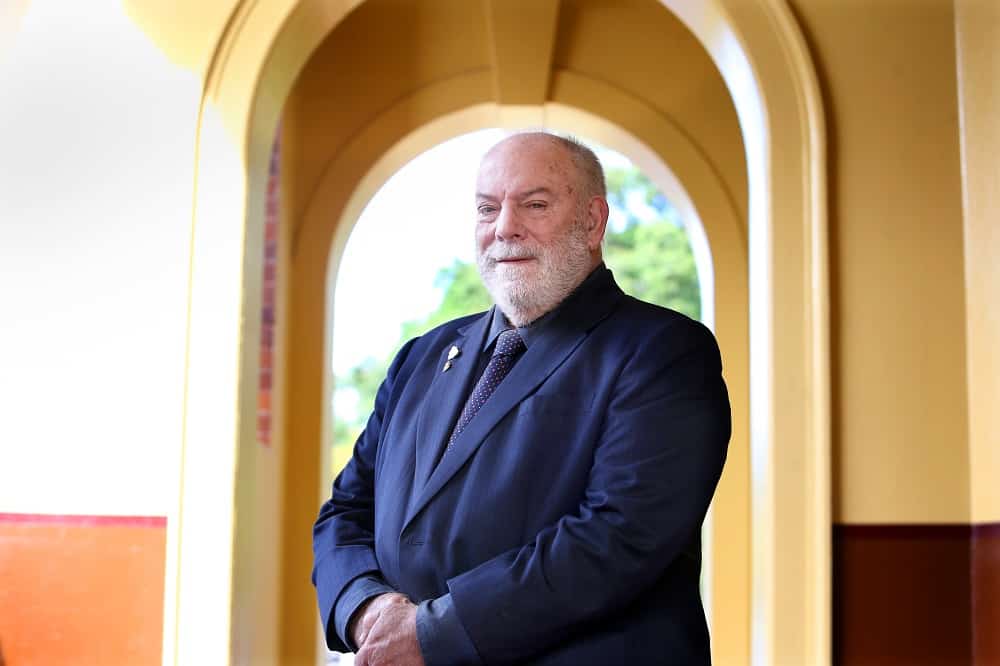
Queensland University Squadron member Rob Wadley
More than 27,000 Australians went through the Empire Training Scheme, supplying the 10,000 pilots, engineers, navigators, bomb aimers, wireless operators and gunners that formed the crews.
By the end of the war, 4,050 Australians in Bomber Command air and ground crews would be dead, 650 more again were killed in training.
There were also 1,821 awards and decorations – 98 with bar, including two Victoria Crosses recipients, three Distinguished Service Orders and six Conspicuous Gallantry Medals.
Queensland University Squadron member Rob Wadley explains why this ceremony is so important to him.
“This ceremony provides an opportunity for people to gather and ensure that our airmen and airwomen of Bomber Command are not only not forgotten, nor their courage and sacrifice diminished over time,” Mr Wadley said.
“It is our way of thanking and recognising those men and women who contributed to the war effort, both air and ground crew. There are very few left.
“Some squadrons lost the whole squadron. All their pilots and crew. If they hadn’t done what they did, the UK would have suffered. Many people with British heritage might not be here today.”
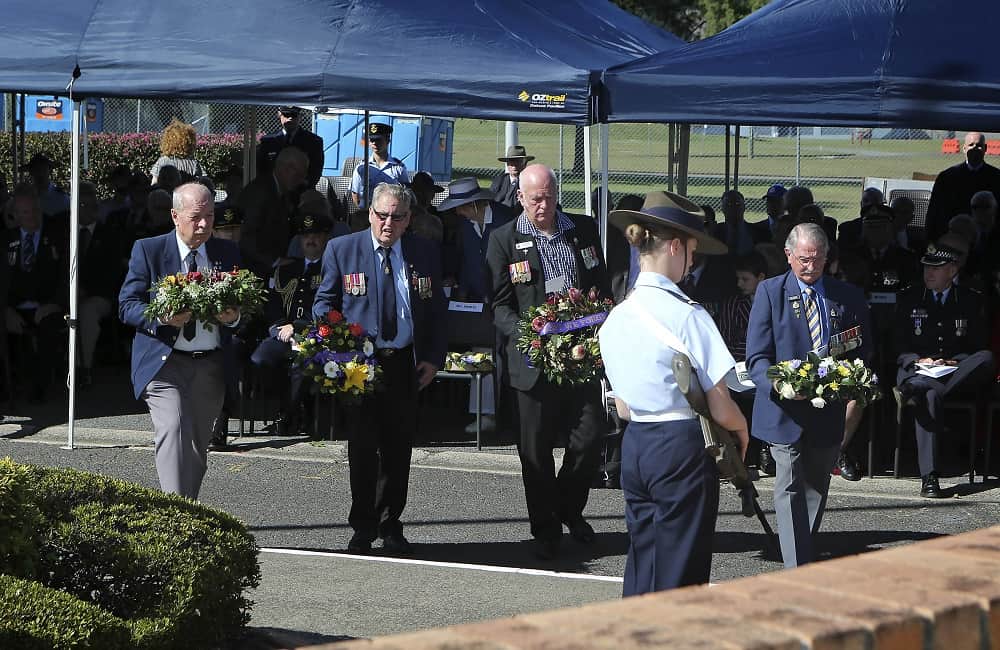
The Bomber Command Commemorative Ceremony is on Sunday 3 June, 2018.
It will be held at the Memorial Garden inside the front gates of RAAF Base Amberley, at 10.15am for 11am. As this service is held in a secure area, registration to attend is required.
Contact: WGCDR Barry Sutherland (Retired) 3344 4610 or [email protected] or Ted Vowles OAM AE, phone 3396 3004.
Australian War Memeorial director Dr Brendan Nelson AO, read this account at the wreath laying ceremony in 2017.
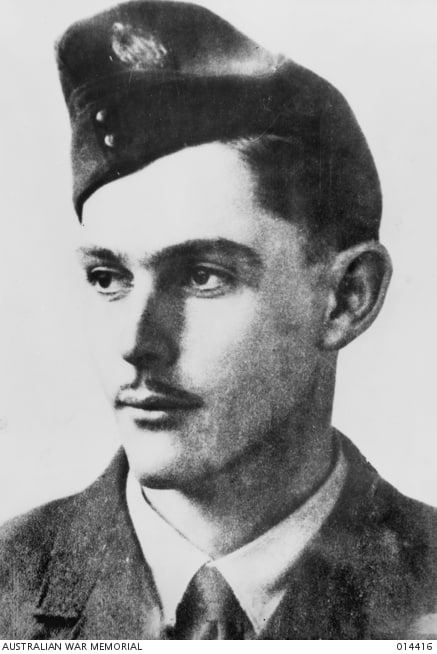
Pilot Officer Rawdon Hume Middleton was Captain of a Stirling Bomber, ‘H’ for Harry of 149 Squadron.
On 28 November 1942 he was on a raid to the Fiat Aircraft factory works at Turin. It was his 29th combat sortie.
The flight had been difficult. A full bomb and fuel load through bad weather over the Alps. The Stirling of course did not have the capabilities of the Lancaster before us.
Middleton took the aircraft on three low level passes over the target for positive identification.
Suddenly they were hit with heavy anti-aircraft fire.
Both pilots and the wireless operator were wounded.
Middleton sustained grievous wounds including shrapnel wounds to his legs, arms and body. His jaw was shattered and his right eye was blown from its orbit. He passed out.
The 2nd pilot Flight Sergeant Hyder was given first aid by the crew. He managed to get control of the plummeting aircraft at 800 feet and drop the bombs.
Middleton regained consciousness. Although losing blood, he helped recover the plane. Determined to fly the aircraft home, he said repeatedly to his crew, “I’ll make the English coast. I’ll get you home”.
They took further flak over France. More damage.
After four agonising hours they reached the coast of England. Middleton turned the aircraft parallel with the coast and ordered the crew to bail out. Five did so and landed safely.
But two stayed – the front gunner and the flight engineer. They tried to persuade him to a forced landing on the coast.
Determined not to risk civilian casualties, Middleton turned the aircraft back out over the English Channel off Dymchurch and ordered the two crew to bail out.
Both did but did not survive the night in the water.
Middleton stayed with the aircraft, his body being washed up two months later. He was 26 years old. He is buried at Beck Row, Suffolk.
Awarded the Victoria Cross, the citation read: ‘His devotion to duty is unsurpassed in the annals of the RAF’.
_______________________________________________________________________________________________________________________________________
Australian War Memeorial director Dr Brendan Nelson AO, read this account at the wreath laying ceremony in 2017.
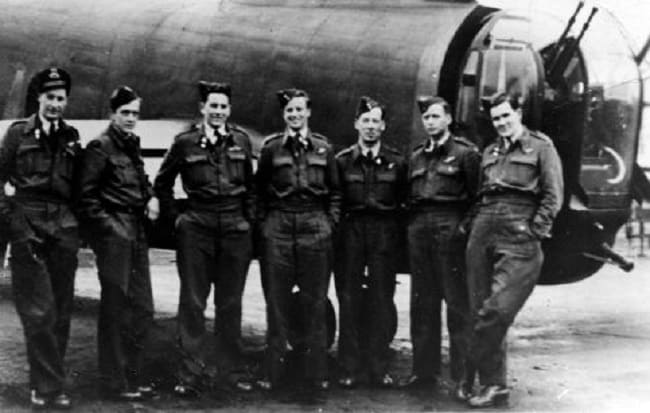
Members of the RAAF Squadron 467 out of Waddington Lincolnshire. Fourth from the left is F/Sgt Denis Kelly (Wireless operator).
Denis Kelly joined the RAAF at 19 years of age. He was already married with an infant son.
From his initial training at Victor Harbour and Ballarat he would crew-up in Bomber Command at RAF Lichfield with
Australian Pilot, Tom Davis. They began their flying ops in April 1944.
Kelly was on a raid to Revigny, France on 18 July.
He told the International Bomber Command Centre oral historian in 2015,
“Every op you completed brought you closer to the one that would get you. We were just turning for home when BANG – we were hit.”
The radios exploded and the aircraft was burning. Pilot Tom Davis yelled, “Bale out!”
Kelly made his way to the back of the aircraft, pulling on the leg of the mid-upper gunner to signal he was about to go.
He then pulled the doors to the rear turret to help the 19 year old rear gunner escape:
“His head was….. well, he… was dead.”
Kelly’s parachute opened late. He sustained compression injuries to his spine and legs in landing.
“I thought, my wife’s not going to know I’m here. She’ll think I’m dead. She’ll get the telegram and I can’t do anything about it.”
Two crew members landed nearby. Kelly, knowing he was a liability, told them to go on.
He crawled in agony, travelling about 50 yards every three hours. In a canal, he came to a bridge manned by Germans, carefully retreated in the water, finally getting himself out. Having passed out, he was found by a French resistance fighter and would pass from safe house to safe house.
Coincidentally on his 21st birthday he was reunited with his two crew members and a Frenchman produced a bottle of Moet Champagne for the occasion.
He would finally be arrested in a café desperate for food with and American.
Suspected of being spies, they were to taken by train to Berlin for interrogation by the Gestapo. However, they overwhelmed their two guards, the American shooting and killing both.
Kelly was ‘on the run’ for weeks. Using a remnant of parachute to tie himself to a tree high in a forest, he hid in it for days avoiding a column of German tanks camped below. Not one of them had looked up.
Finally, after weeks whilst scrounging for food on the edge of the forest, a British accented voice levelled a submachine gun at him and snarled, “You German bastard, stop where you are.”
Kelly replied, “I’m not German. I’m Aussie!”
British commandos were operating well behind enemy lines.
Kelly’s ordeal had lasted three months. He would finally find his way back to England and then Australia to home.
He never spoke of his experiences. He never told his wife. He suffered nightmares almost every night until finally, under pressure from family, he wrote a manuscript in the mid-2000s. He finally told his story to the International Bomber Command Centre in 2015.
Denis Kelly did a pilgrimage with his son to the London Bomber Command Memorial in 2014 and then on to the French villages who helped him in his escape. They were feted at receptions, ceremonies in town halls and even met a woman who, as a girl had been there at his impromptu 21st birthday.


